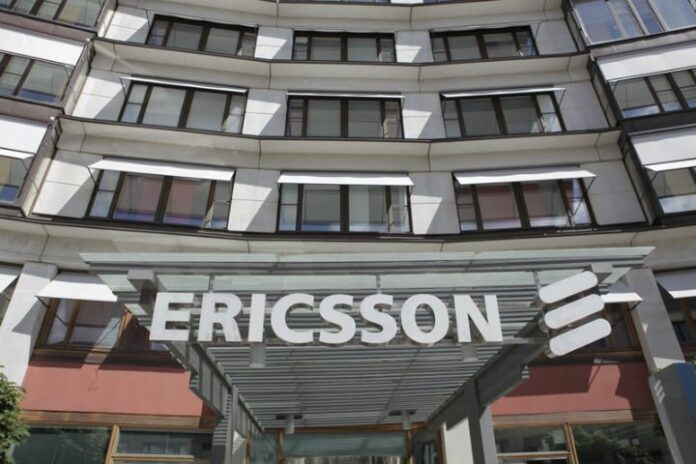The scale of the ongoing coronavirus pandemic’s global impacts are becoming clear, Ericsson executives said, but the company was nonetheless able to deliver a “solid quarter.”
Ericsson reported essentially flat year-over-year sales, but said that its network segment grew by 4% from the same period last year. The company’s net income was up 40% year-over-year to about $290 million. The company highlighted a strengthened position in the Chinese 5G market, which it said is strategically important as a “driver of critical future requirements” and scale for Ericsson’s business.
President and CEO Börje Ekholm also said that Ericsson’s investments in 5G-related research and development have helped boost its global market position and are resulting in strategic contract wins.
“We have reached this stage where we are now able to demonstrate how we can capture the benefit of our increased investments in R&D,” Ekholm told investors on the company’s quarterly results call. “We’re demonstrating our technology leadership through customer momentum. We’re increasing our market share in key markets, and we now have 99 commercial 5G contracts and 54 live 5G networks performing across 27 countries. But I would say we’re mostly proud of our in-field performance of the equipment we deliver. We are winning contracts based on our technology leadership.”
To build on that momentum, Ekholm outlined plans to increase R&D in Ericsson’s services segment, which he noted was impacted during the quarter by legacy declines and market uncertainty related to the pandemic. But, he added, Ericsson is seeing “strong demand for our cloud-native and 5G core portfolio” and has won “significant Tier 1 customers,” with revenue expected to start in 2021.
“In response to this strong market momentum, we decided to increase our R&D investments,” he said, going on to say to the long-term value created from those investments will ultimately outweigh the short-term financial impacts on financial margins.
Asked about what those investments might entail, Ekholm said that Ericsson sees several areas where it cna capture market opportunities in the transition to 5G. “The key driver here is within the 5G core, and that is where the most allocation will be,” he went on. “But we also see additional investments in other parts such as BSS, for example, to capture the 5G billing opportunity. So there are a number of areas where we are, thanks to the ramp and the market traction of 5G, that we have decided to increase our investments. But … the biggest part is in the 5G core.”

